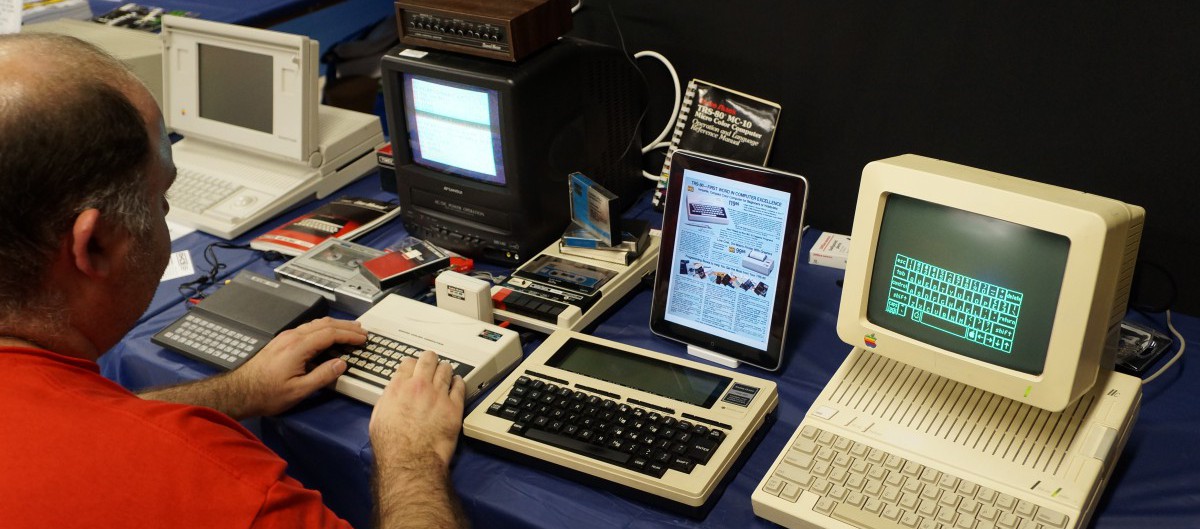For today’s class, we read “Attention Structures,” the sixth chapter from Understanding Digital Literacies. This is a very important chapter–not only for understanding our own practices as new media consumers and participants, but also for our considering the needs and attentional demands of our audiences. Leave a summary of your reading in a comment to this blog post below and we will discuss this chapter during class today.
3 thoughts on “Beginning of Class Writing: Jones and Haffner, Understanding Digital Literacies, Chapter 6”
Leave a Reply
You must be logged in to post a comment.




To: Jason W. Ellis
From: George Gordon
Date: March 15th, 2016
Subject: Chapter 6 Summary
This chapter discusses the topic of multitasking and how it has become a central aspect of our lives today either in our work or recreational activity. It is brought up how we may switch between two different things at a time or be paying attention to two things simultaneously and out attention shifts between physical spaces, virtual spaces and screen space. Thanks to digital media, we now able to multitask much more and juggle many more topics in our minds.
The chapter also discusses attention structures or the way we distribute attention in a communicative situation. Everyone will distribute their attention differently depending on the situation and their prior knowledge. An idea is brought up about how if you want receive attention, you need to give attention to your audience.
To: Professor Ellis
From: Christopher Navarrete
Date: March 15, 2016
Subject: Chapter 6 Summary
Chapter 6 discuses the ways digital media are affecting how we structure, manage and think about attention. One way digital media does this is through multitasking, which is the “practice of distributing attention in order to perform multiple tasks simultaneously.” Jobs such as factory work have strengthened our need to multitask as rapidly switching between projects is a necessary and important skill to hone. Workers must also be able to divide equal attention across all projects and make decisions about what to attend at any given moment. Although research has shown that multitasking is detrimental to task completion, workers average productivity has increases, not decreased.
Video games such as Counter-Strike have shown to change our attention as well. It requires us to distribute attention efficiently across a range of multimodal signs, including the visual, the aural and the textual. “Players have to attend to the ‘physical’ features of the virtual world that they are moving through, while at the same time keeping track of communications and their stock of ammunition” among others.
To: Jason W. Ellis
From: Ashley A. Dunlap
Date: March 15th, 2016
Subject: Chapter 6 Summary
Chapter 6 discusses the ways in which users interact with new media, as well as explaining the understanding of attention structures. Attention structures are the technology means used by people to make sense of the over abundance of information that they face in the digital age” which are effected by the 3 elements :
Historical body – You and Your mind
Interaction order – Your relation with the people around you
discourses in place – The communication tools available in the situation
While people distribute their attention differently, there is still a cost to the uses of digital media.